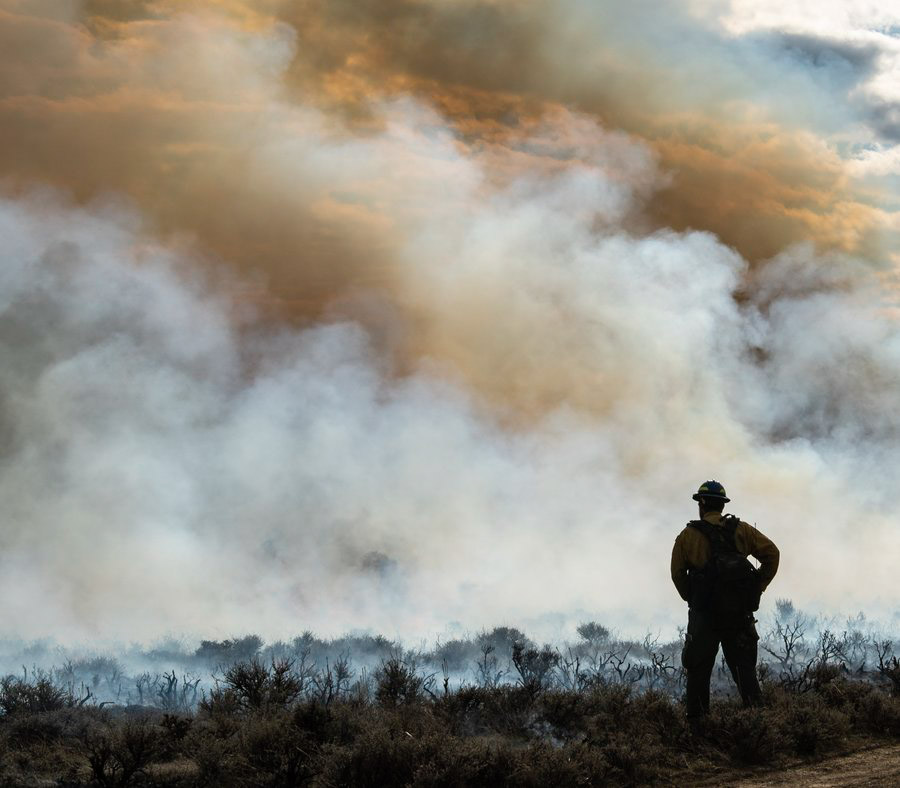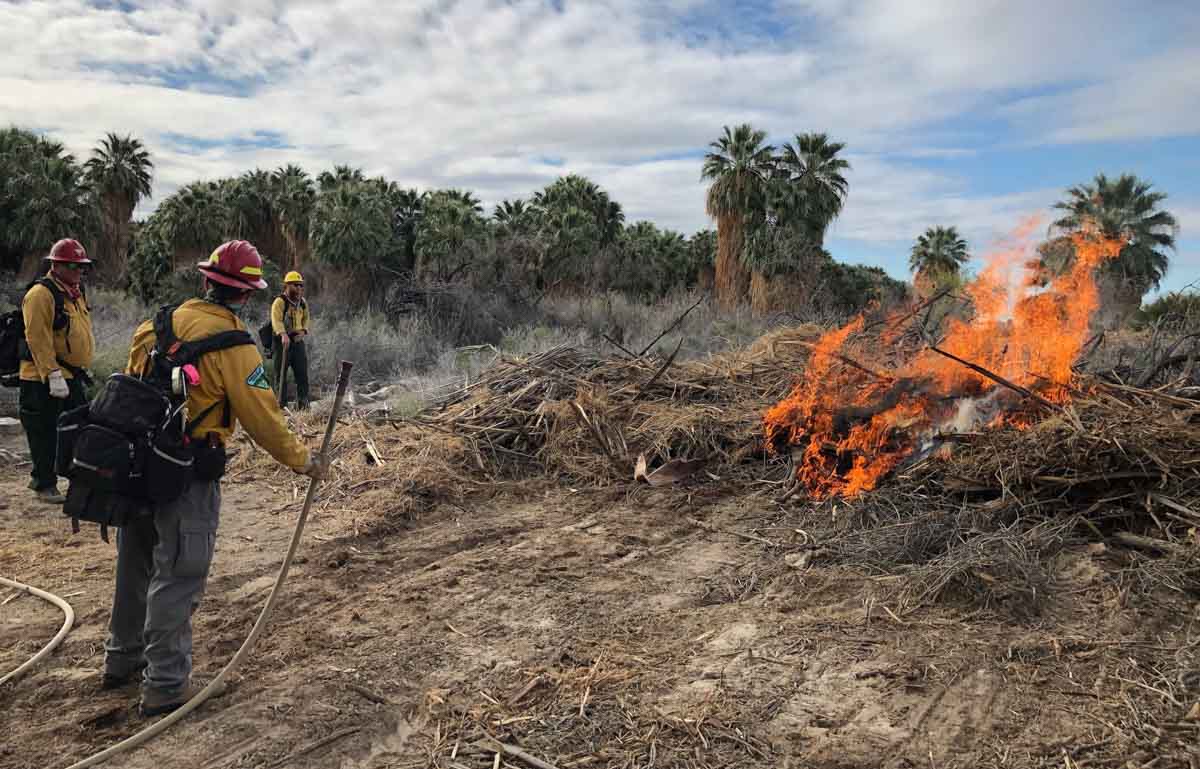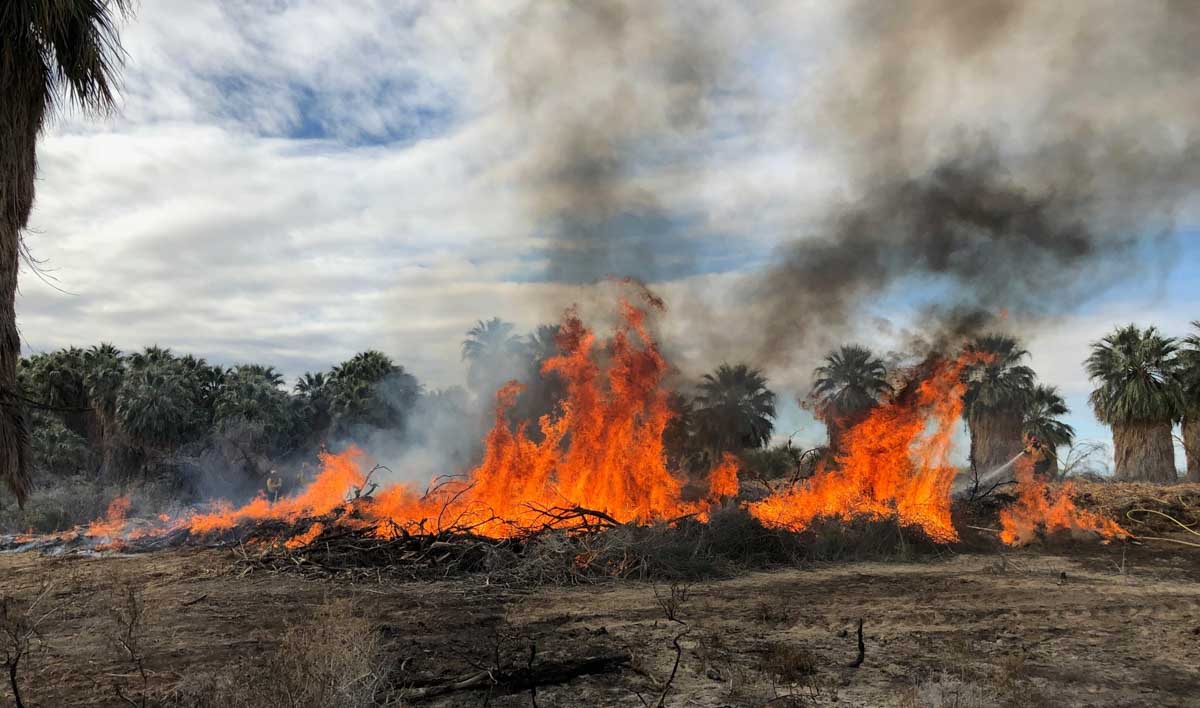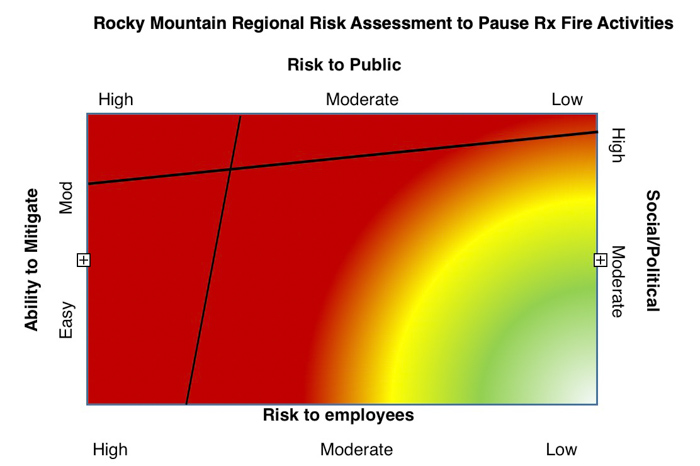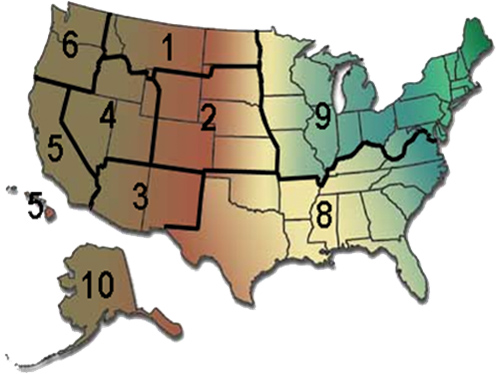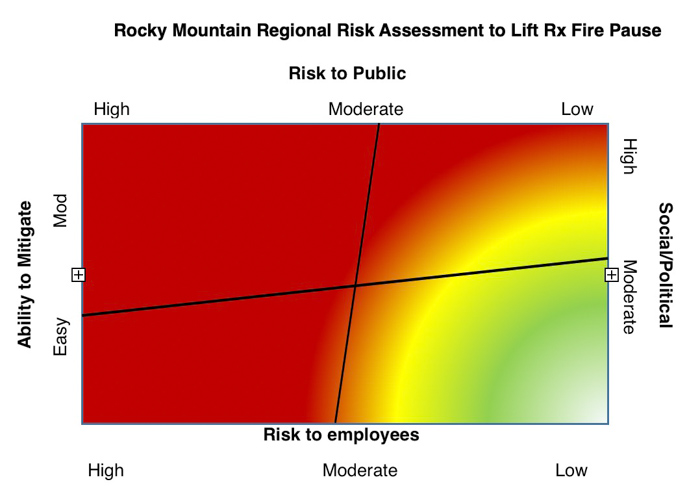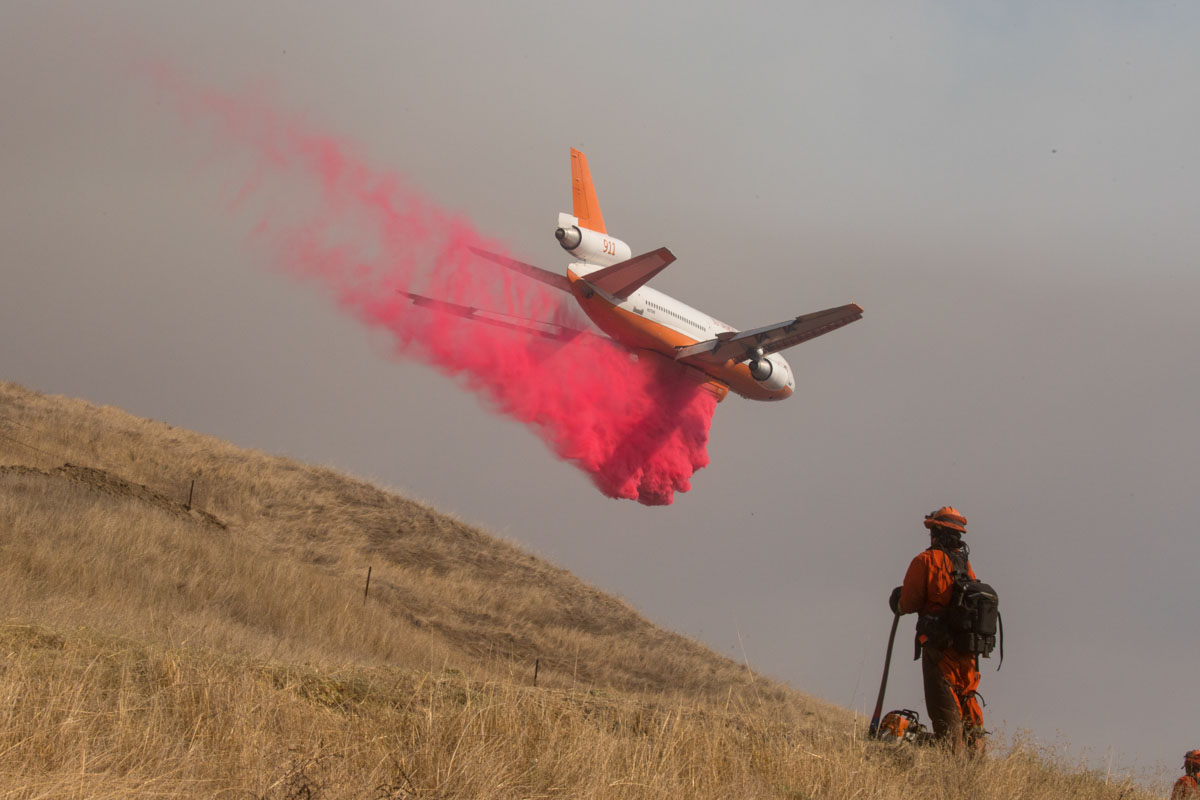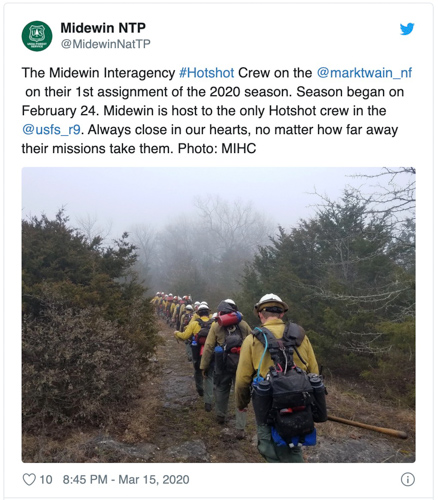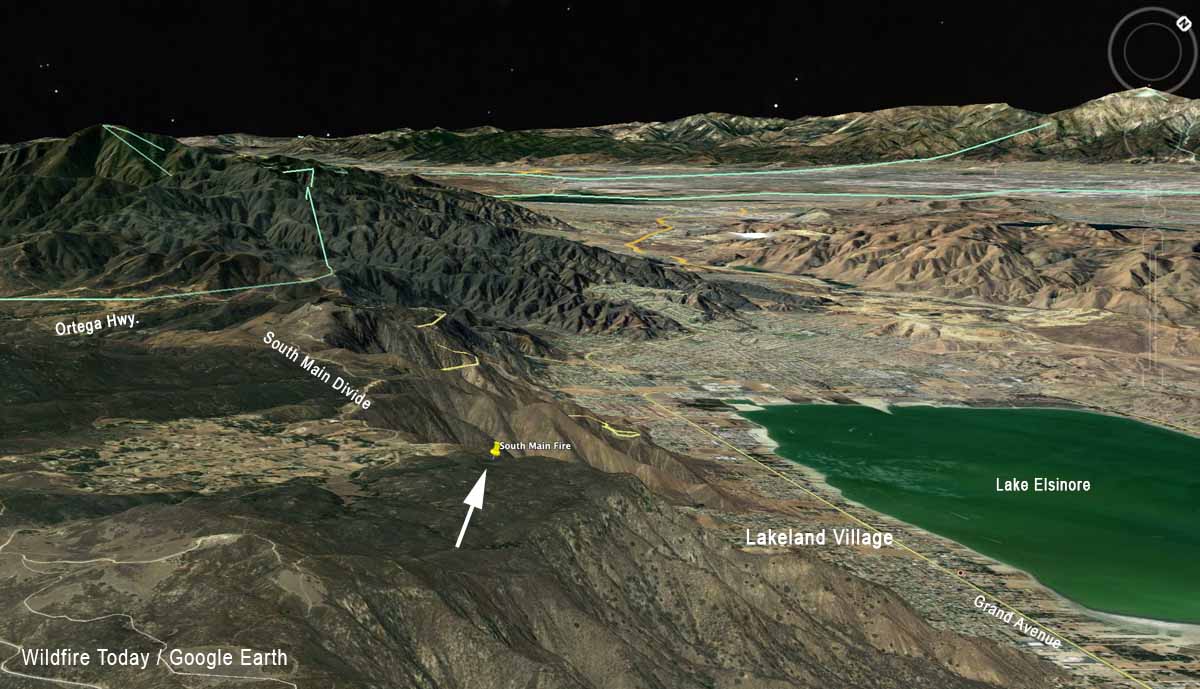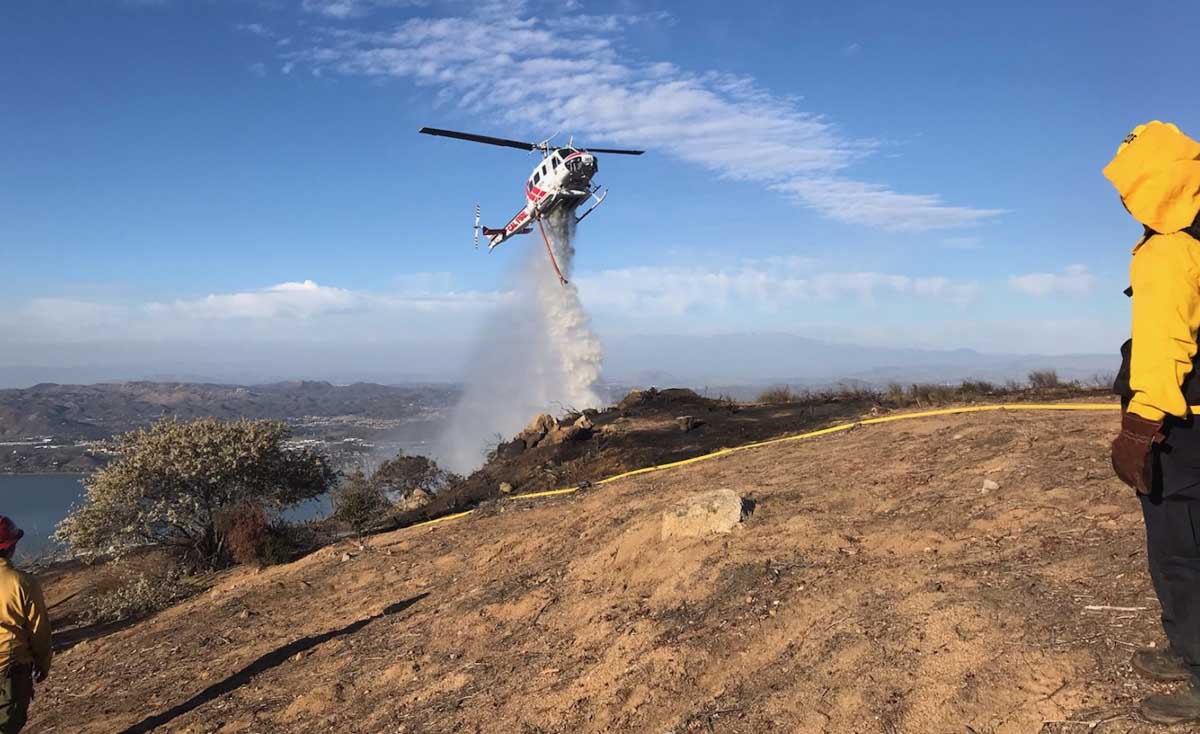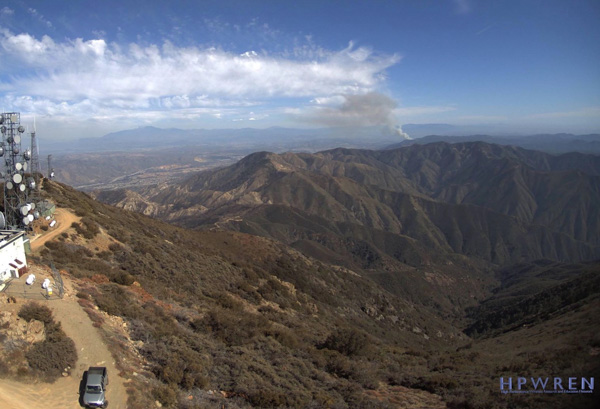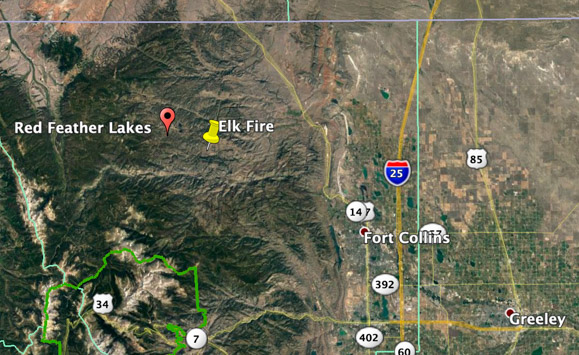A report has been released about the fatal helicopter crash that occurred on a prescribed fire in Texas, March 27, 2019. One of the passengers, Daniel Laird, was killed. The pilot and the other passenger were injured and transported to a hospital.
Tribute to Daniel Laird
Daniel, was born August 30, 1977 in Yuba City, California, the youngest of four siblings.
Daniel went to school at Grace Christian Academy, then on to Bridge Street School, and graduated from Yuba City High School in 1995. He joined the U.S. Forest Service after high school and worked his way up through the ranks to the position of Helitack Captain on the Tahoe National Forest. Daniel had served 23 years with the Forest Service.
Daniel was an avid fisherman, a staunch supporter of the Sacramento Kings, and a competitive golfer. He was also a Yuba City skateboarding icon. His greatest love and highest priority was always for his family.
Below are excerpts from the 33-page Facilitated Learning Analysis which goes into much more detail than seen here, and includes lessons learned. The excerpts are primarily from the viewpoint of Hailei who was in the front of the Airbus AS350B3 helicopter with Matthew, the pilot. Daniel Laird was in the back operating the Plastic Sphere Dispenser which dropped small spheres that ignite 30 to 45 seconds after being ejected from the machine. This was one of the methods used to ignite the prescribed fire that day, in addition to firefighters on the ground carrying hand-held devices.
It is common in reports like this to not use real names, but the document does not specify if they were changed.
The following events, from the time of the Mayday until the injured were transported to the hospital, occurred within a short amount of time, from 1409 to 1517. Those injured were actually receiving professional medical care on scene within 15 minutes of the Mayday. The excerpt begins at about 1408 just before finishing ignition on the prescribed fire.
Mayday – The On-Site Response
Hailei talked to Daniel and told him to get ready to turn off the Plastic Sphere Dispenser machine after they made the next turn. They were about to button the whole thing up. “We had one little piece we needed to do. We were 99.9 percent done. As soon as we made the turn, that’s when everything just stopped, and went silent,” Hailei recalls.
Hailei continues, “I looked at Matthew but I wish I would have looked back at Dan, too.” Matthew was fighting with the controls. She doesn’t remember doing it at the time, but Hailei asked Matthew, “What is happening?” He was busy with the controls. Hailei had the “push-to-talk” in her right hand. She keyed the mic and tried to say: “Kendall, we are going down.” But the only thing they heard on the radio was: “Kendall, we are going d . . .”
Hailei remembers hitting the tops of pine trees and then coming to. She later recalled, “I think I got knocked out. The last thing I remember, I was thinking of my daughter.”
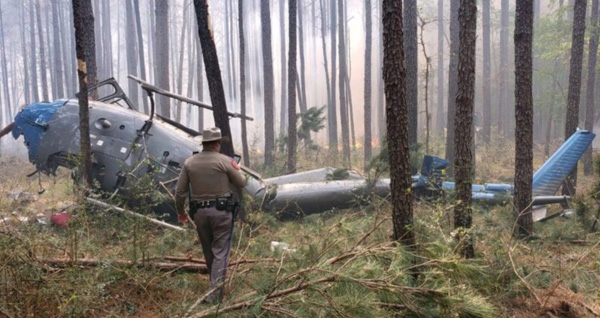
Hailei said, “We [the helicopter] slid 50 feet down a live pine tree and rolled over onto our right side. I realized I was alive and then the pain hit. I undid my seatbelt and looked at [pilot] Matthew and saw a tree had come through between his leg and across his chest. I remember standing there and realized Matthew was alive because he was talking. He looked like he was hugging the pine tree. His head was laying on the PSD sphere bag. He said, ‘Help me move this bag.’ It seemed like forever to get the bag loose. As his seatbelt was unbuckled he fell out of the seat, but his foot was lodged. I had to crawl back in and twist his foot to get him loose.”
Hailei told Matthew: “We’ve got to go.”
She recalled seeing fire around them. She explained, “I wanted Matthew to get up but he couldn’t. I wanted him to get up so I could help him walk out. I wanted to get the fire shelters. I started thinking where the fire shelters were and started looking but couldn’t get to them.
Hailei continues, “I remember seeing Dan’s legs and thought ‘Please move your foot.’ But that never happened. I knew in my heart, he was gone. I thought about my training and remembered that fire extinguishers on board the aircraft are for people—not the aircraft. So I found the extinguisher and gave it to Matthew and said: ‘I have to go get help.’ The entire scene was very quiet for what had just happened.”
Hailei wanted her phone so she could call for help but couldn’t find it. Matthew was able to reach in the console and hand her his phone and she called FMO John. At that moment, John Kendall [Fire Management Officer on the Sam Houston National Forests] sees a Portland, Oregon phone number calling his phone. He remembered thinking that he didn’t recognize the number and he was trying to limit the time he was on the phone, but for some reason, he answered it.
It was Hailei on Matthew’s phone.
Hailei screamed for John to come get her. Hailei kept saying that she could not get the fire shelters from the helicopter. John told Hailei to move east away from the fire, but Hailei was unsure of where she was. Fire was spreading all around them. She told John, “We can’t get out of here.” Upon hearing this plural pronoun, John surmised that there must be at least two alive.
Right then, Hailei looked down and her phone was lying in the grass in front of her. She quickly hung-up with John and put the pilot’s cell phone in her pocket. She called her boyfriend with her phone and told him: “My helicopter crashed, I think one of my crew members is dead, please call my daughter. I don’t want her to find out about this on social media or the news.”
Hailei ends the call with her boyfriend, calls John back on her phone, and tells him that she could hear the UTV. He told her to hang up and call Robbie because he was closer to her.
She called [prescribed fire crewmember] Robbie from her cell phone. Robbie picked up the call. Hailei told him she heard the UTV drive past her. She told them to turn around, drive back, and pick her up.
Hailei remembers: “I thought I was going to have to walk through fire but a path opened up.” Robbie recalled seeing her through the fire. She was in an unburned pocket within the burn unit. Hailei recalls: “I got to Robbie who picked me up and carried me to the UTV where I had a meltdown. I then asked Robbie to stay with me.”
Prescribed Fire Crew Member, Brody, ran by. Hailei told him to hurry because fire was coming and she pointed toward the crashed helicopter. He headed that way and was first on scene at the helicopter. Then Jack, the firefighter who was serving as trail guard and weather observer, responded quickly. Robbie told him, “You need to grab a hand tool.” Jack grabbed a hand tool from the UTV and headed into the crash site following Brody’s path.
When Brody found the helicopter he saw pilot Matthew on his hands and knees under the ship. He recalled, “I asked if he was okay and he said ‘yes.’ I asked about Daniel, and the pilot didn’t know his condition. I ran around and looked and noticed the position of Daniel’s body and knew he was pinned. I knew the only way to help was to keep fire away. I helped the pilot up. I knew there was likely to be fuel everywhere, so I went out away from there and began to dig line.”
At about 1421, Jack met up with Brody at the helicopter as Brody was putting in a handline. Jack saw that Matthew was up and walking around. Jack asked Matthew if he could walk out. Matthew didn’t exactly answer his question, but explained that he didn’t have a fire shelter. Jack gave Matthew his fire shelter and said: “If we need to evacuate, I will open-up the fire shelter and we will leave together.”
Jack asked Matthew to “Show me the location of the PSD Operator so I can check him for signs of life.” Matthew pointed in the general direction and replied: “I don’t believe he made it.” He also informed,
“You can’t get to him.” Jack walked in that direction and quickly determined that, because of the helicopter’s position, he couldn’t get to Daniel.
Jack started helping Brody finish the handline and they started lighting a backfire with lighters. Jack was working on the fireline while having an ongoing conversation with Matthew.
Robbie started driving—very carefully—Hailei out on the UTV. She asked, “Where are we going? Robbie replied, “I want to get you a little better help.” She said, “Well, you can go a little faster.”
It took them about 10 minutes to get to the ambulance. While on the UTV, Robbie gently told Hailei that once he got her to the ambulance he would need to go back to help at the crash site. However, at 1426, once they made it out to the ambulance, FMO John told Robbie to stay with Hailei because there were enough people at the scene and he wanted Hailei to know that she was supported.
Robbie gave Hailei a few minutes to calm down. Hailei called her supervisor, Toby, the Helicopter Program Manager, at 1430. He didn’t know the crash had happened and answered in a calm laidback voice, “What’s going on?” Hailei explained that the helicopter went down. She reported that she was fine and Matthew was fine but that she wasn’t sure about Daniel. She then handed the phone to Robbie. Toby asked Robbie about Daniel. Robbie informed that Daniel was still unconscious. Toby cancelled the scheduled post-burn recon for the Davy Crockett burn, had a conversation with his pilot, and both agreed to fly back to the Angelina airport. Toby then began to make his way to the hospital in Conroe.
At around 1507, Sam called Dispatch to say Hailei was in route to the hospital. Hailei recalls that Robbie rode in the front of the ambulance and it made her feel better to know that he was going with her. She also recalls that the Medic in the back of the ambulance also made her feel calm. She said, “I was mad because they cut my favorite pair of Nomex off me. I told them not to cut off my boots but to unlace them and tuck my socks in them! After all I went through, my concern at the time was that I didn’t want to get stuck by a needle. The Medic said, ‘You won’t even know’—and I didn’t. I was so impressed.”
While on the way to the hospital, the Medic was answering Hailei’s phone calls and responding to texts for her. One of these phone calls was from Hailei’s dad. The Medic was able to reassure and calm him about Hailei’s condition.
Honoring Daniel with the Utmost Respect and Dignity
The Montgomery Fire Department stabilized the helicopter with lifts that they had carried in. Based on their experiences, they had packed in quite a bit of stabilizing equipment. But because of the position of the helicopter, they only needed a few pieces of equipment to secure it.
While waiting for the Justice of the Peace to arrive, they decided that they would not remove Daniel until they were able to honor him with the utmost respect and dignity. A member of the Montgomery Fire Department requested an American flag be brought to the scene. At 1622, the Justice of the Peace confirmed that Daniel had expired.
Bob, the Angelina/Sabine Assistant Fire Management Officer (AFMO), recalls pulling up to the scene when everyone was waiting for Daniel to be brought out. He said, “We got in line and Daniel was brought out wrapped in an American flag. It was something to see.”
Surprisingly, Hailei was released within three hours of arriving at the hospital. Evan continued to stay with Matthew until James arrived late that night.
Conclusions
4 Crashes
16 Years
8 Lives Lost
The helicopter crash on March 27 that claimed Daniel Laird’s life has opened up old wounds from previous helicopter crashes, including: the 2003 space shuttle support crash (two fatalities, Charles Krenek and Buzz Miller); the 2005 Sabine National Forest crash (three fatalities, Jon Greeno, Charles Edger, and Jack Gonzalez); and the 2015 De Soto National Forest crash (two fatalities, Steve Cobb and Brandon Ricks).
There have also been numerous helicopter near-misses that have left a lasting impression on those involved. Some qualified personnel on the National Forests and Grasslands in Texas no longer want to be included in helicopter operations. These realizations have left employees asking large-scale questions about the nature of their work.
Thanks and a tip of the hat go out to Cory. Typos or errors, report them HERE.


